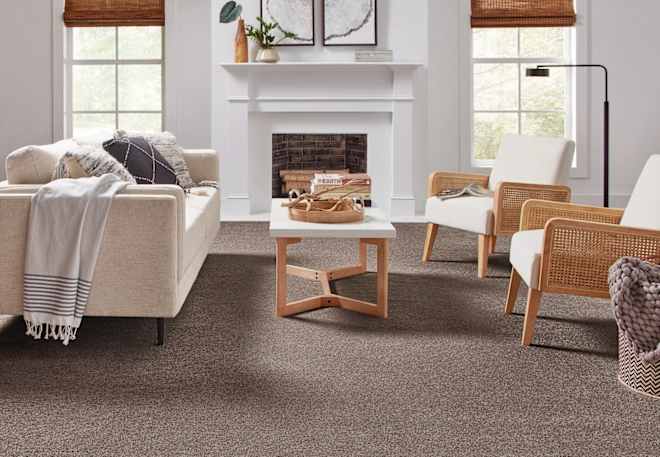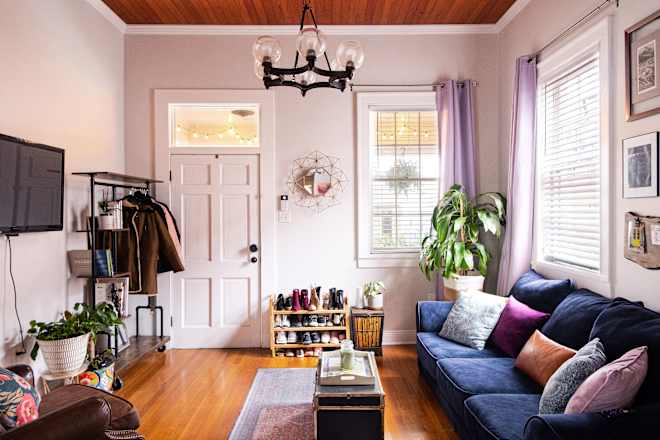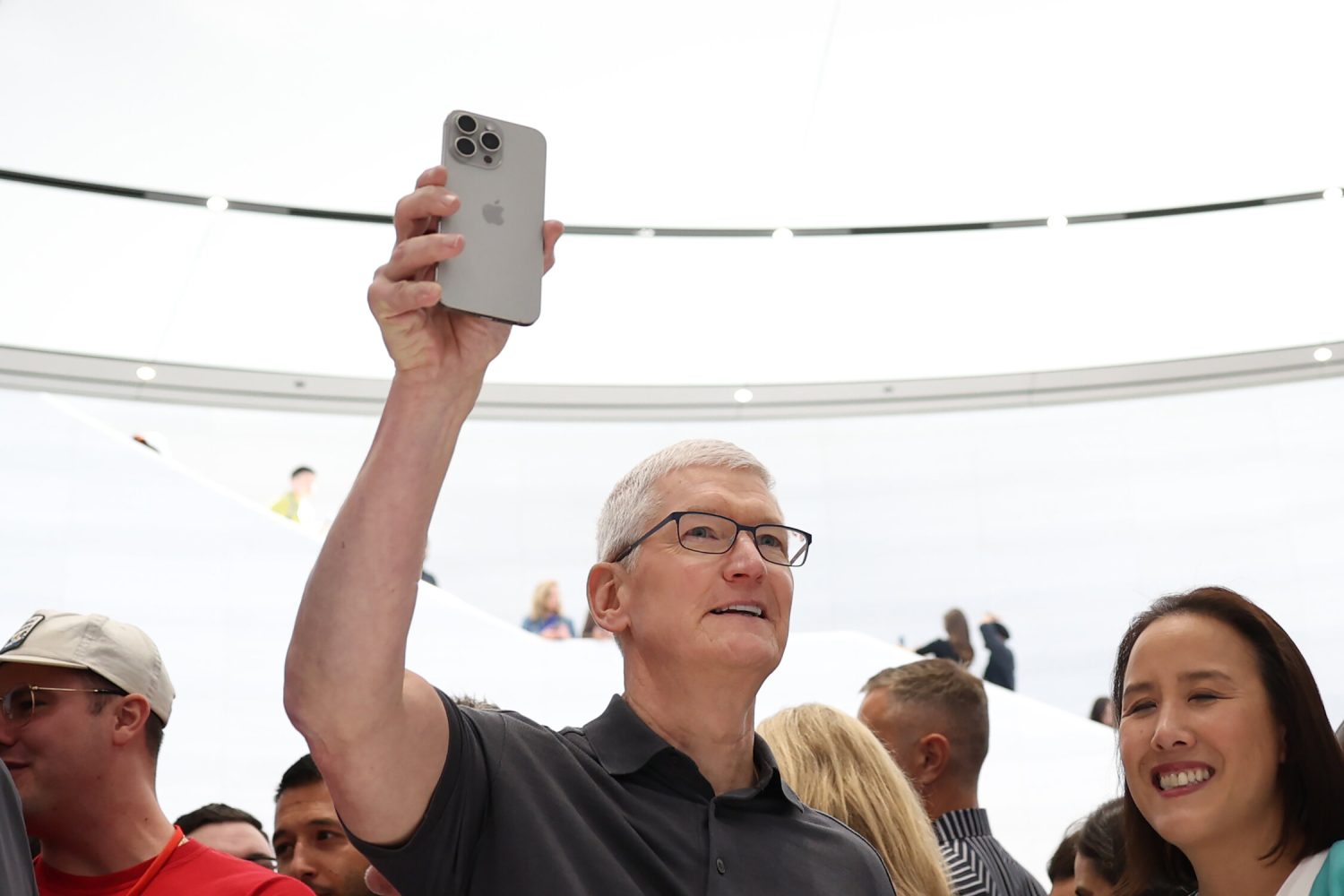Setup Guide for Professional Conferencing Equipment Setup That Works
Learn how to plan and install a professional conferencing equipment setup to improve meetings and support team success with ease. Contact video conferencing NY now.

Meetings are a huge part of how modern teams share ideas. Whether you're running a small startup or a large company, you need clear communication. That’s where a professional conferencing equipment setup plays a key role. With more people working remotely, solid video and audio systems are a must. But where do you even start?
Let’s go step by step. You’ll find helpful tips, mistakes to avoid, and tools that work.
Why Your Setup Must Be Professional
How you sound and appear during a video meeting speaks volumes. Choppy video, delayed sound, or unclear screens damage your message. Worse, they frustrate everyone in the meeting.
On the other hand, a clean professional conferencing equipment setup makes people feel respected. It shows your business takes communication seriously. Moreover, it keeps meetings productive and avoids wasting time repeating points.
Internet First, Equipment Later
Before you grab any gadgets, check your internet. A fast, stable connection makes everything else work. Without that, even the best camera fails.
If you can, always go with a wired connection. It's more reliable than Wi-Fi. However, if wireless is your only option, upgrade your router. Also, avoid placing the router far from your meeting room.
Your Camera Makes the First Impression
A basic webcam won’t cut it. Choose a high-quality camera that gives a wide-angle view. That way, everyone in the room appears on screen.
Cameras with auto-focus and low-light support help a lot. Nobody wants to see a blurry or dim image. These small upgrades can make a big difference in how you're perceived.
The Importance of Clear Audio
Good video helps, but great audio is essential. If your voice cuts out or picks up background noise, people stop listening.
Your professional conferencing equipment setup should include a quality microphone. Some teams prefer tabletop mics that pick up sound from across the room. Others go for lapel or headset mics for focused sound. Pick what fits your space best.
Speakers That Work
Hearing others is just as important. Laptop speakers often sound weak and tinny. That’s why your setup needs external speakers or a conference room soundbar.
Choose one built for voice clarity, not just music. Also, match your speaker’s power with the room size. Loud sound in small spaces causes echo and fatigue.
Dual Screens Keep Things Smooth
Using two monitors helps you stay organized during video calls. One screen shows your slides or documents. The other shows the live meeting.
This simple trick keeps your team focused. It also prevents awkward screen-sharing moments. Moreover, you won’t have to toggle back and forth all the time.
Smart Controls Save Time
Touch panels and smart controls may seem fancy, but they’re a real-time-saver. With one tap, you can adjust lights, start meetings, or change inputs.
For large rooms or busy offices, this feature cuts down setup time. It also helps avoid errors before big meetings.
Lights Make a Big Difference
You want people to see you clearly, not just your outline. Good lighting prevents shadows and bright glares.
Natural light is great, but not always available. That’s why ring lights or LED panels are useful. Aim for soft, even light around your face. Avoid placing lights behind you.
Manage Those Wires
A clean space looks professional. Tangled wires do not. Keep your cables neat using clips, sleeves, or boxes.
Also, label your cables. When things go wrong, you’ll fix them faster. Neat cables also prevent accidents or gear damage.
Pick Software That Fits Your Team
Your hardware needs good software to function well. Zoom, Google Meet, and Microsoft Teams are strong choices. Go with what your team finds easy to use.
Make sure the software gets updated regularly. Updates fix bugs and add useful features. Also, assign someone to manage settings and troubleshoot when needed.
Don’t Skip Team Training
Even the best professional conferencing equipment setup won’t help if your team doesn’t know how to use it. Teach everyone how to mute, share screens, or record meetings.
Also, run test calls. Check cameras, mics, lighting, and screen-sharing features before the real deal. Practice avoids stress when it matters most.
Backup Is a Must
Anything can break. That’s why you need a plan B. Keep mobile hotspots ready. Also, have a second laptop or tablet available.
Save files both online and offline. These simple steps keep your meeting on track, even when tech fails.
Grow with Your Team
As your business grows, your setup should too. You may need more mics, larger screens, or a new layout. A smart professional conferencing equipment setup allows easy upgrades. Plan. Choose equipment that scales without needing a full replacement. This approach saves money and avoids future hassles.
Conclusion
A strong professional conferencing equipment setup isn’t just about tech—it’s about how people work together. Clear sound, steady video, and smooth controls lead to better meetings. They help teams stay focused, solve problems, and build trust. Start small if needed, but always aim for tools that support your goals. A thoughtful setup is an investment in your team’s success.
Want help building the right setup for your business? Contact Video Conferencing NY today. They understand what works best in real-world meetings. No matter your space or budget, they’ll help you make smarter choices. Don’t wait—make your meetings matter more.















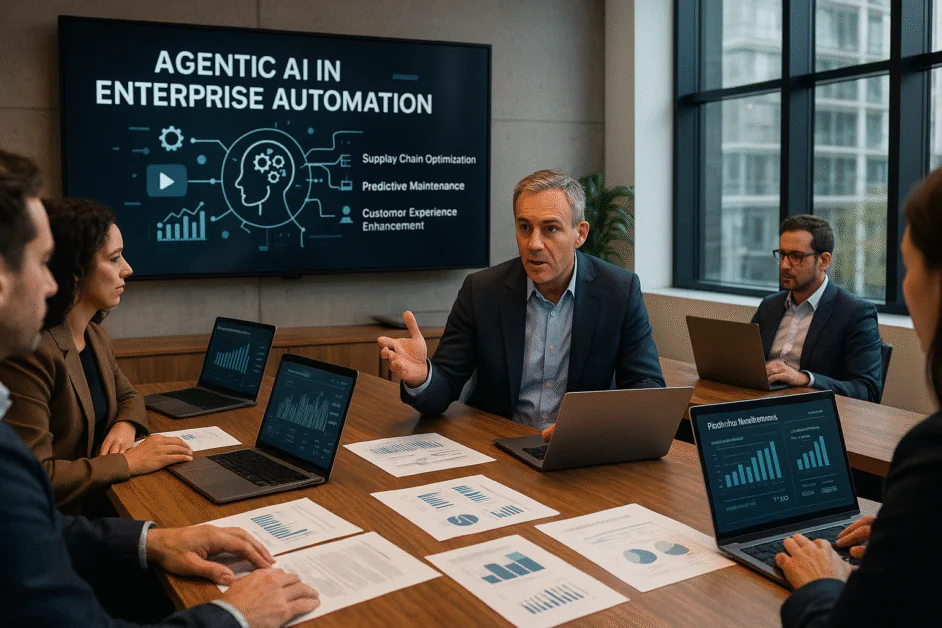


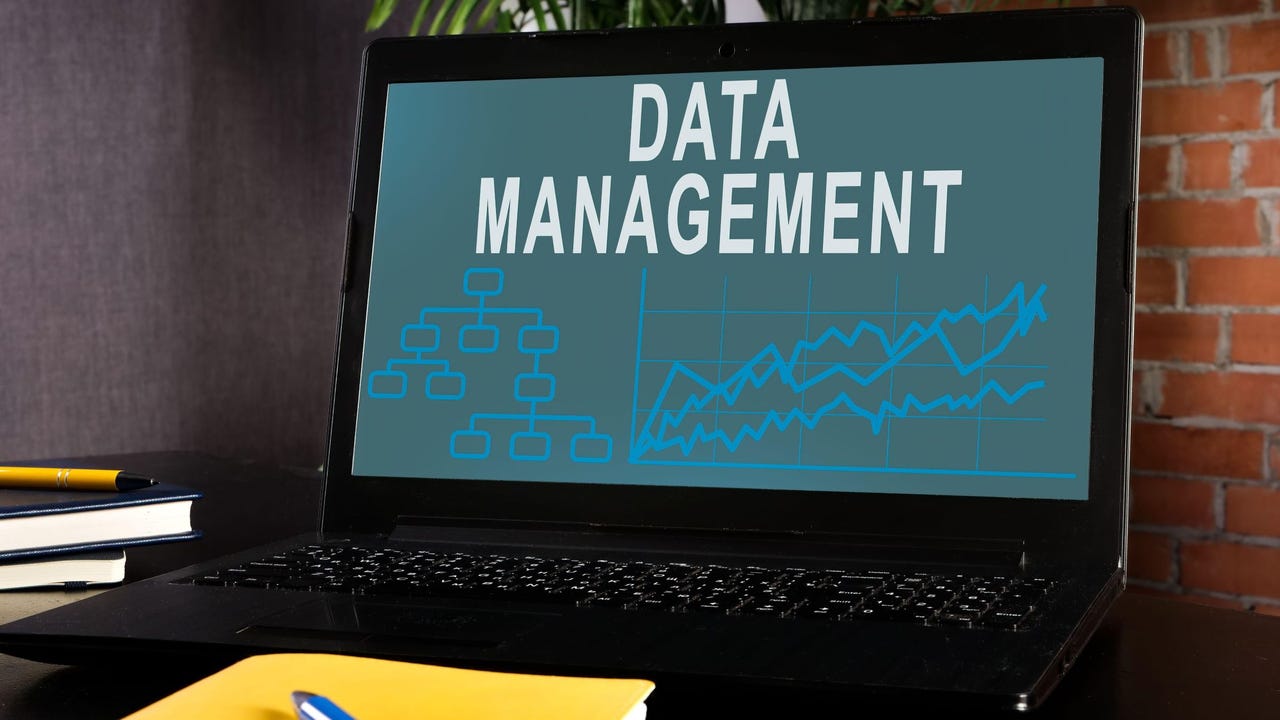

_Dzmitry_Skazau_Alamy.jpg?width=1280&auto=webp&quality=80&disable=upscale#)

























![American Airlines Offering 5,000-Mile Main Cabin Awards—Because Coach Seats Aren’t Selling [Roundup]](https://viewfromthewing.com/wp-content/uploads/2017/11/20171129_062837.jpg?#)











